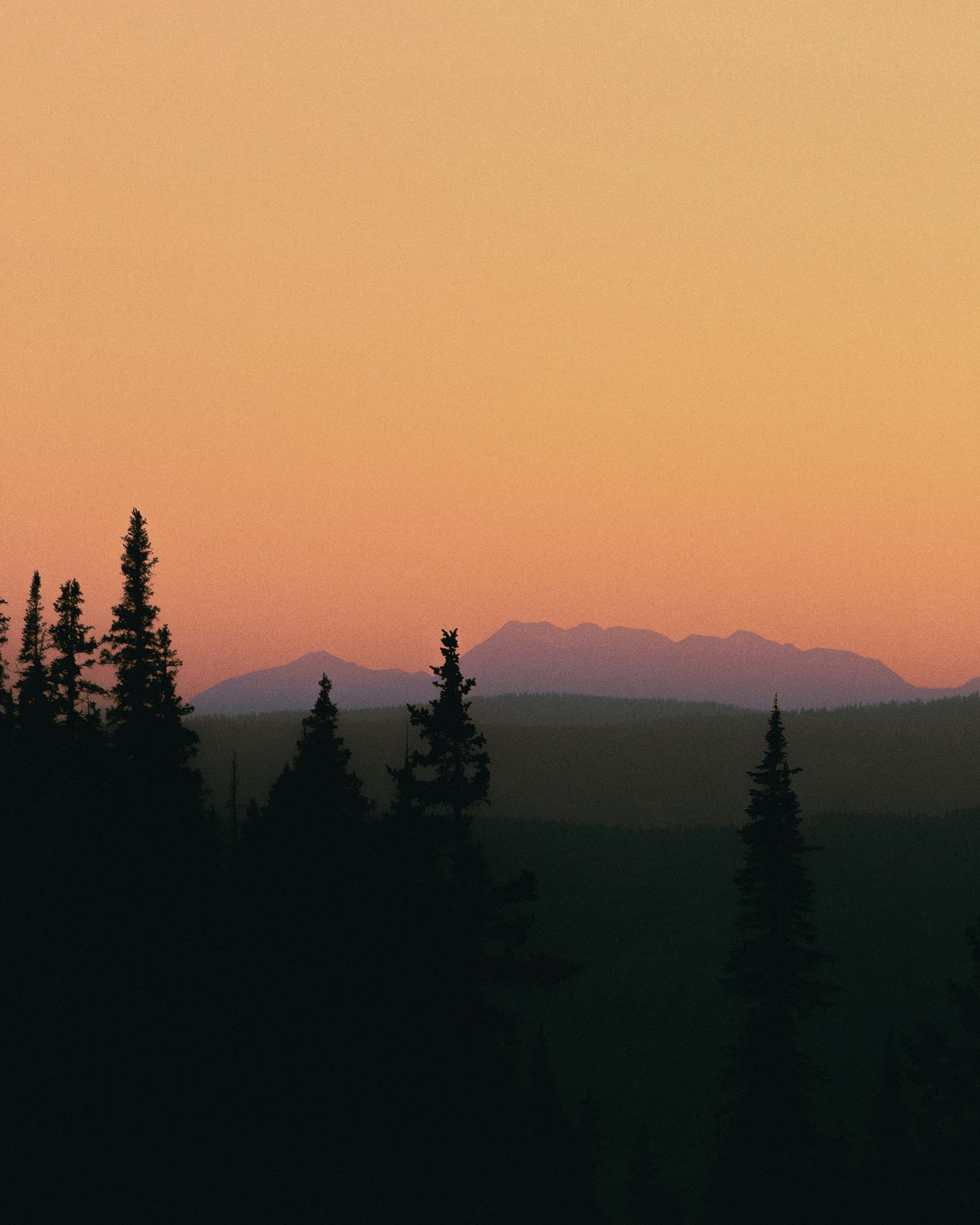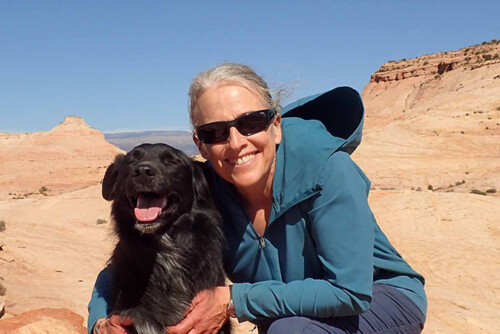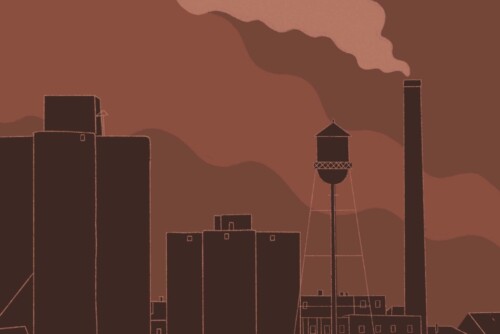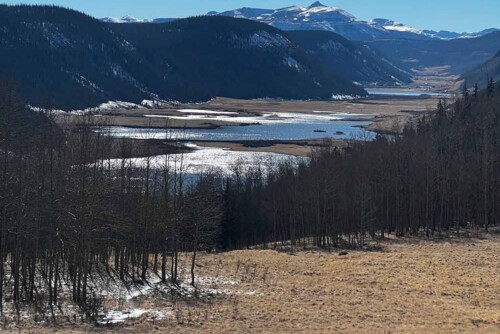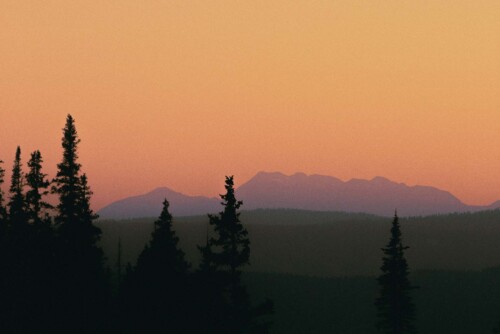One of the things we love most about living in the West is the ability to take in the outdoors and our abundant natural spaces. Walk along the Rio Grande River Trail in Albuquerque or spend time in the foothills of Colorado and you’ll see the forest and natural ecosystems that are vital to producing the clean air we all breathe. However, for an increasing number of days each summer, massive amounts of wildfire smoke — and the resulting poor air quality — make it harder for us to live, work, and play in the region we call home. In fact, in August 2021, Denver drew national attention as fine particulate matter (PM 2.5) from wildfires contributed to its rank as having the worst air quality among major world cities for several days in a row.
Each year, more catastrophic blazes — unnaturally high-intensity fires that cause damage to communities — continue to break out across our region, creating impacts that range far beyond their burn scars. In Colorado alone, the three largest and most destructive fires were in 2020, each scorching more than 100,000 acres. Fires of this nature continue to increase in size and intensity. The most recent Assessment Report from the U.N. Intergovernmental Panel on Climate Change found that the probability of devastating wildfires in places like the Western U.S. could increase by one-third by 2050.
The massive amounts of smoke from catastrophic wildfires add to the already unhealthy levels of air pollution with which many Western communities struggle — notably Denver, Phoenix, and Salt Lake City. Visible wildfire smoke cloaks other serious sources of air pollution, like the combustion of fossil fuels and industrial byproducts that lead to dangerous levels of PM 2.5, PM 10, ground-level ozone, and other toxic chemicals. While PM 2.5 is the main component of wildfire smoke and the gravest air pollutant, it also worsens health outcomes for communities with other deadly sources of air pollution and forces at-risk individuals, like people with heart disease and asthma, to remain indoors.
But wildfire has always been a part of our healthy, functioning ecosystems in the West. Some important tree species like Lodgepole and Ponderosa pine trees require smaller, more frequent burns for their seeds to germinate and to stimulate regrowth. So how can we return to a healthier state of wildfire and prevent the overwhelming levels of smoke that come from out-of-control megafires?
Prescribed burns — controlled fires conducted under the trained and watchful eyes of experts — can help communities create more resilient forest systems and reduce the risk of catastrophic fire, while restoring many of the benefits of natural fire regimes. Using fire to improve ecosystem health isn’t new. Indigenous communities across the West have used controlled fire to promote healthy forest ecology for centuries, and forest managers in the Eastern U.S.
